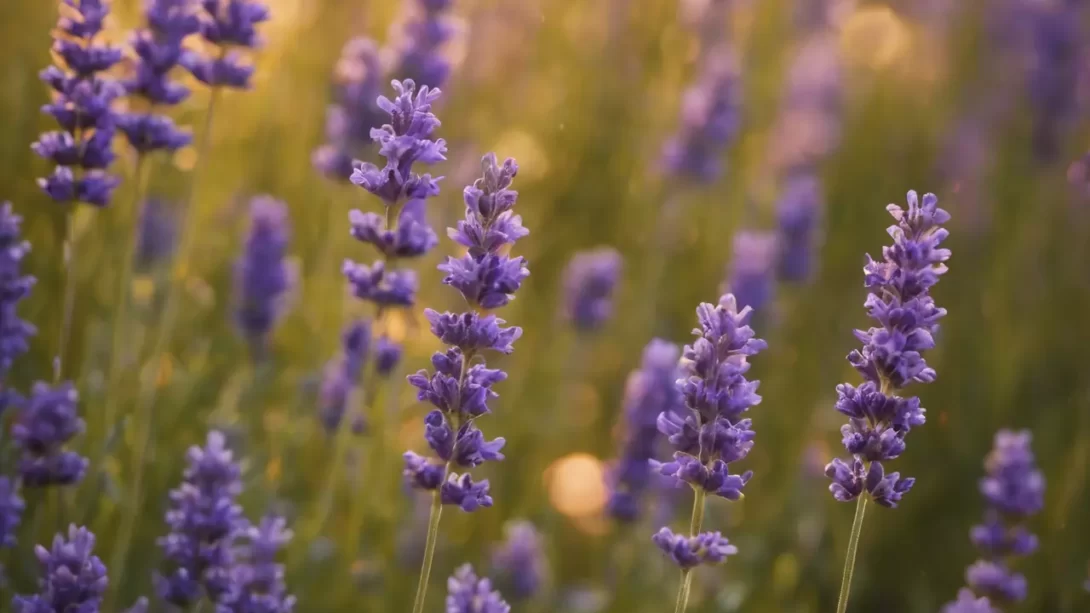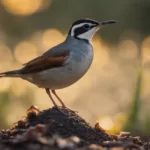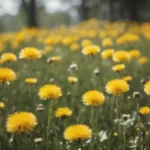Lavender, renowned for its soothing fragrance and delicate purple blooms, is a favorite among gardeners. However, the browning of lavender plants can be a common and concerning issue. This article seeks to explore the reasons behind this problem and offers practical solutions to help gardeners maintain the health and beauty of their lavender plants.
Lavender Plants
Lavender is a versatile plant, valued not only for its aromatic qualities but also for its ability to thrive in a variety of conditions with minimal care. It comes in several varieties, each with specific growing preferences, but generally, lavender is known for its love of sunshine and well-draining soil. Despite its hardiness, certain conditions can cause lavender to turn brown, signaling potential health issues.
Common Causes of Lavender Turning Brown
The browning of lavender can be attributed to several factors, ranging from environmental conditions to care practices.
Watering Issues
One of the most common reasons for lavender plants turning brown is improper watering:
- Overwatering: Lavender plants are particularly susceptible to root rot caused by excessive watering or poor drainage. Overly moist conditions around the roots can lead to a lack of oxygen, causing the plant to turn brown and decay.
- Underwatering: While lavender is drought-tolerant, extended periods of dryness can lead to browning, especially in younger plants or those in containers.
Soil and Drainage Problems
The type of soil and its drainage capabilities play a crucial role in the health of lavender plants:
- Poor Drainage: Lavender prefers well-draining soil. If the soil retains too much moisture, it can lead to root problems and browning of the plant.
- Soil Type: Soil that is too dense or clayey can hinder root growth and water drainage, exacerbating the risk of root rot.
Environmental Stressors
Environmental factors can also contribute to the browning of lavender:
- Climate and Weather Conditions: Extreme weather conditions, including high humidity, excessive rain, or extreme cold, can stress lavender plants, leading to browning.
- Sunlight Requirements: Lavender requires full sun to flourish. Insufficient sunlight can weaken the plant, making it more susceptible to browning.
Pests and Diseases
Pests and diseases can also be a cause of lavender turning brown:
- Common Pests: Pests such as aphids, spider mites, and whiteflies can attack lavender plants, sucking sap and causing stress to the plant. This can lead to browning leaves and stems.
- Diseases: Fungal diseases like root rot and Phytophthora are often a result of overly wet conditions. These diseases can cause the roots and base of the plant to turn brown and rot, eventually affecting the entire plant.
Diagnosing the Problem
Accurately diagnosing why a lavender plant is turning brown requires careful observation:
- Examine the Plant: Check for signs of pests or disease, such as visible insects, webbing, or spots on the leaves. Also, inspect the soil and root area for signs of rot or fungal growth.
- Assess Environmental Conditions: Consider the plant’s exposure to sunlight, the frequency of watering, and recent weather conditions that may have contributed to the problem.
- Soil Inspection: Analyze the soil type and drainage. Heavy, compact soil or a lack of adequate drainage can lead to waterlogging, a common cause of browning in lavender.
Solutions and Preventive Measures
Once the cause of the browning is identified, appropriate actions can be taken to remedy the situation:
- Adjust Watering Practices: Ensure that lavender plants are not overwatered. Allow the soil to dry out somewhat between waterings, and be more cautious with watering in cooler or humid weather.
- Improve Soil and Drainage: If poor drainage is a problem, consider amending the soil with sand or gravel to improve water flow. In severe cases, replanting the lavender in a raised bed or well-draining container may be necessary.
- Pest and Disease Management: For pest infestations, use appropriate insecticides or natural remedies like neem oil. If a disease is present, remove and destroy affected parts of the plant, and ensure that the remaining plant and surrounding area are kept dry.
Conclusion
The browning of lavender plants can be a frustrating experience for gardeners, but understanding the underlying causes is the first step towards remedying the issue. From improper watering and poor drainage to environmental stressors, pests, and diseases, several factors can contribute to this common problem. By identifying the specific cause, appropriate measures can be taken to restore the health and vitality of the lavender plants.
Key to maintaining healthy lavender is ensuring the right growing conditions. This includes providing well-draining soil, adequate sunlight, and appropriate watering. Regular monitoring for pests and diseases, along with timely intervention, can prevent minor issues from becoming major problems. Adjusting care practices according to the specific needs of your lavender variety, as well as local climate and soil conditions, will also contribute to the overall health of the plants.
In conclusion, while browning is a sign of distress in lavender plants, it often can be addressed with proper care and adjustments. Remember, gardening is a dynamic process that requires patience, observation, and a willingness to adapt practices as needed. With the right approach, your lavender can continue to thrive, providing not only its delightful fragrance and beautiful blooms but also the satisfaction that comes from nurturing these beloved plants. Whether you are a seasoned gardener or a beginner, understanding and meeting the needs of your lavender plants is a rewarding journey that enhances both your garden and your gardening experience.



